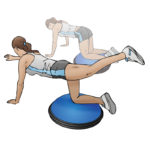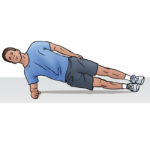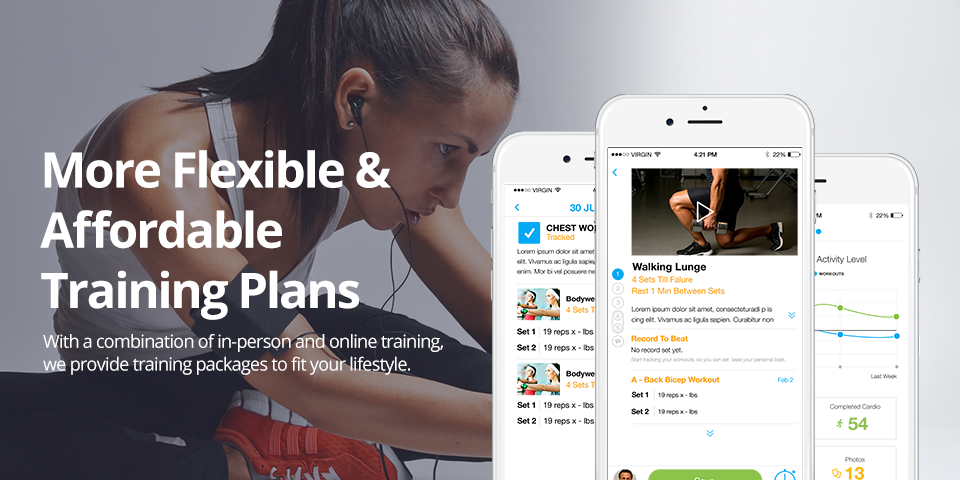WHY IS CORE STRENGTH IMPORTANT?
Would you like to avoid back injuries?
Although there is always a risk of damaging the core – or overworking it, core strengthening reduces the risks of damaging this important area of the body.
Would you like to improve your athletic ability?
Improved core strength will also improve athletic ability, as the core transfers energy from the lower body to the upper body. Even if you have very strong non-core muscles, you need to develop a strong core to perform at your peak.
Would you like to prevent chronic low back pain?
Improvements in core strength are associated with a reduction in lower back pain, and are a part of a treatment regimen for preventing, and reducing chronic lower back pain. Ideally, you will start strengthening your core before pain develops.
WHAT DO CORE MUSCLES DO?
- The core muscles are where your center of gravity is located and they support your spine for just about any activity. We use these muscles all day long, whether we realize it or

not. - Core strength and stability are essential so that you are able to respond efficiently and effectively to the task at hand. Lack of core strengthening often results in a surprise injury.
- Regardless of upper and lower body strength, the core connects these two muscle groups together. Therefore, it is a vital component of functional strength and physical fitness.
- Think of your body as a chain, and your core representing a link in that chain. A force exerted on this chain will be lost if any link is weak.
- As you improve your overall body strength, a stronger core is necessary to be able to handle the increased forces associated with improved muscular strength.
CORE MUSCLES
- Abdominals: Extends down the stomach from your ribs to your hips and flexes the trunk.
- Obliques: They run down the side of your waist; aiding in abducting and trunk rotation.
- Transverse Abdominis: Acts like a corset or weight lifters belt and helps support the abdominal wall.
- Erector Spinae: Runs down the length or your spine. It aids in extending the spine.
- Multifidus: Aids in extension and rotation of the spine.
TIPS:
- When you cough, the muscle you feel contracting is the transverse abdominis. Contract this muscle throughout the other exercises.
- As you begin, perform each exercise 5 times; as you get stronger, increase to 15 repetitions.
- Breathe freely when doing each exercise and strengthen your core muscles at least
3 times a week. - When you use a fitness ball, there should be a 90 degree angle of your knee when you sit on the ball.
CORE STRENGTHENING EXERCISES YOU CAN DO

Bent Knee Crunch
Arms behind head (or to side of body), tighten abdominals, raise shoulders and upper back toward ceiling. Keep head and neck in line with spine. Keep low and middle back on floor.
Do 2-3 sets. Complete 10-20 repetitions.

Bicycle Crunches
Legs bent, tighten abdominals, raise upper body and one leg. Twist to touch opposite elbow to raised knee. Alternate sides. Do 2-3 sets. Complete 10-20 repetitions.

Bird Dog with BOSU (or without)
Arms and legs as straight as possible, raise opposite arm and leg. Alternate sides. Do 2-3 sets. Complete 10-20 repetitions.

Side Plank
Tighten abdominals, bring hips up, in line with legs and shoulders. Do 2-3 sets. Complete 10-20 repetitions.

Subscribe To Our VIP Newsletter
Join our VIP mailing list to receive additional content that goes even deeper into the latest tips to ensure you and your families health, fitness and wellness.
























